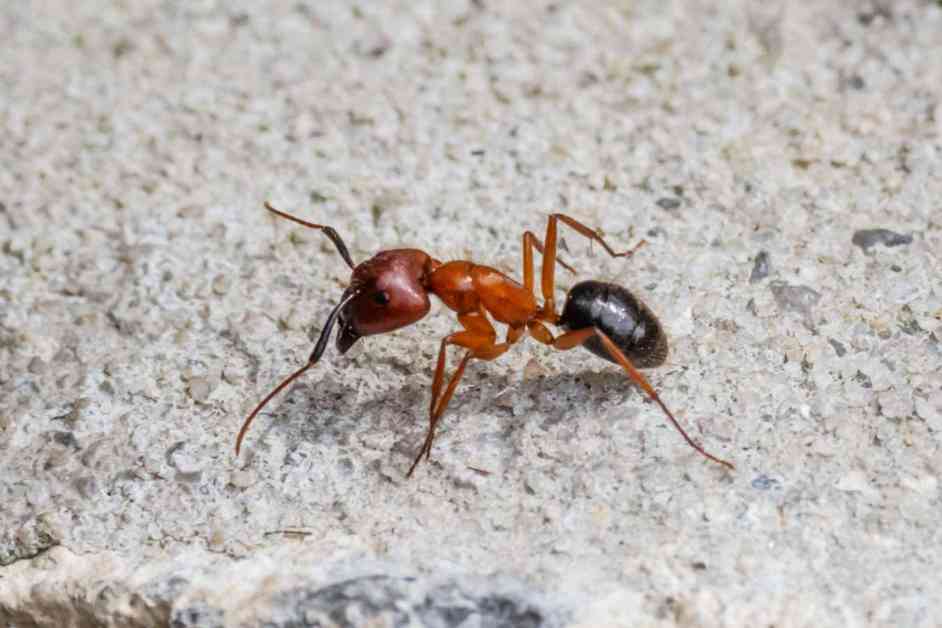Ants Amputate Nestmates’ Limbs to Prevent Infection
Ants are known for their unique behaviors, and a recent study has revealed a fascinating new insight into their actions. Researchers have discovered that some ant species, such as the Florida carpenter ant, engage in life-saving amputations of their nestmates’ limbs to prevent infections from spreading.
While ants like the Matabele ants have been observed treating injuries with antimicrobial substances, not all ant species have this capability. The Florida carpenter ants, lacking antibiotic-producing glands, have found an alternative method to protect their colony members.
During experiments in the laboratory, researchers observed ants chewing off the infected limbs of their injured nestmates. Surprisingly, these amputations were only performed on the upper legs of the ants, not the lower legs. Further investigation revealed that upper leg amputations significantly reduced the mortality rate of the injured ants by preventing the spread of pathogens.
The study suggests that the unique anatomy of the carpenter ants plays a crucial role in the effectiveness of these targeted amputations. Unlike humans, insects like ants do not have a central heart but rely on multiple muscles to circulate blood. By focusing on the upper legs, where these blood-pumping muscles are concentrated, the ants are able to cut off the blood supply to prevent infections.
Experts in the field of social insects have praised the findings, highlighting the remarkable nature of the ants’ behavior. The targeted and purposeful amputations demonstrate a sophisticated level of understanding within the ant colony, even if it is an innate behavior rather than a conscious decision.
This groundbreaking research sheds light on the complex interactions and adaptations of ant colonies, showcasing the incredible ways in which these tiny creatures ensure the survival of their members. By unraveling the mysteries of ant behavior, scientists continue to gain valuable insights into the natural world and the remarkable strategies employed by different species to overcome challenges.






